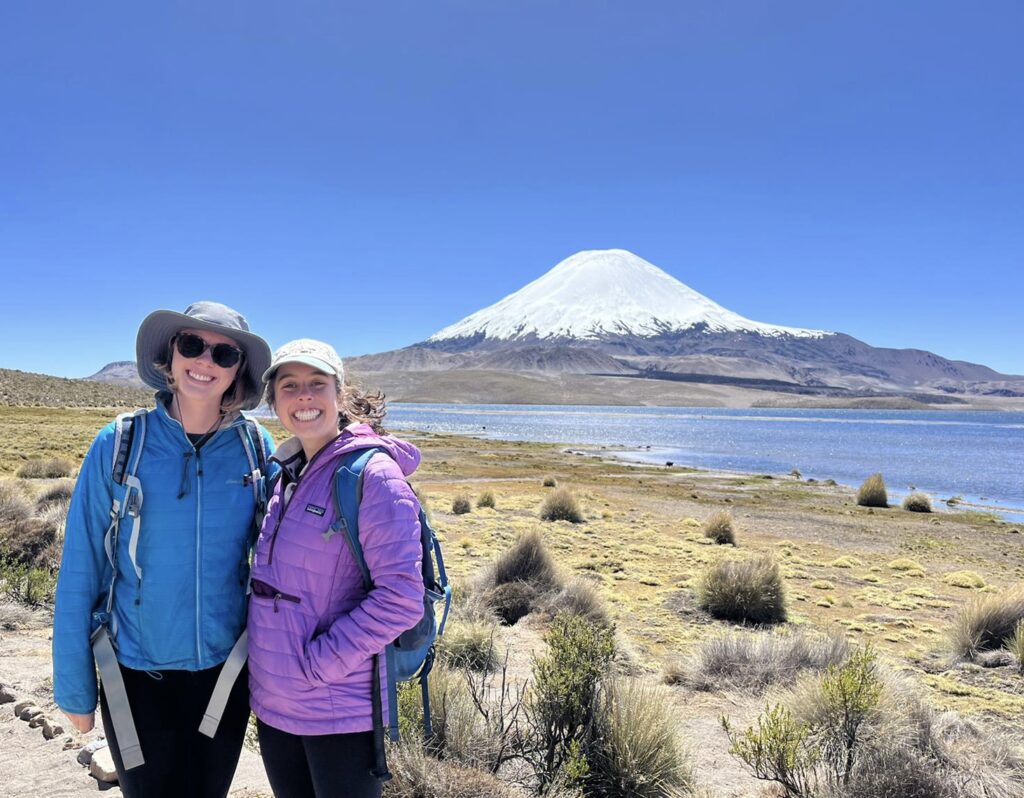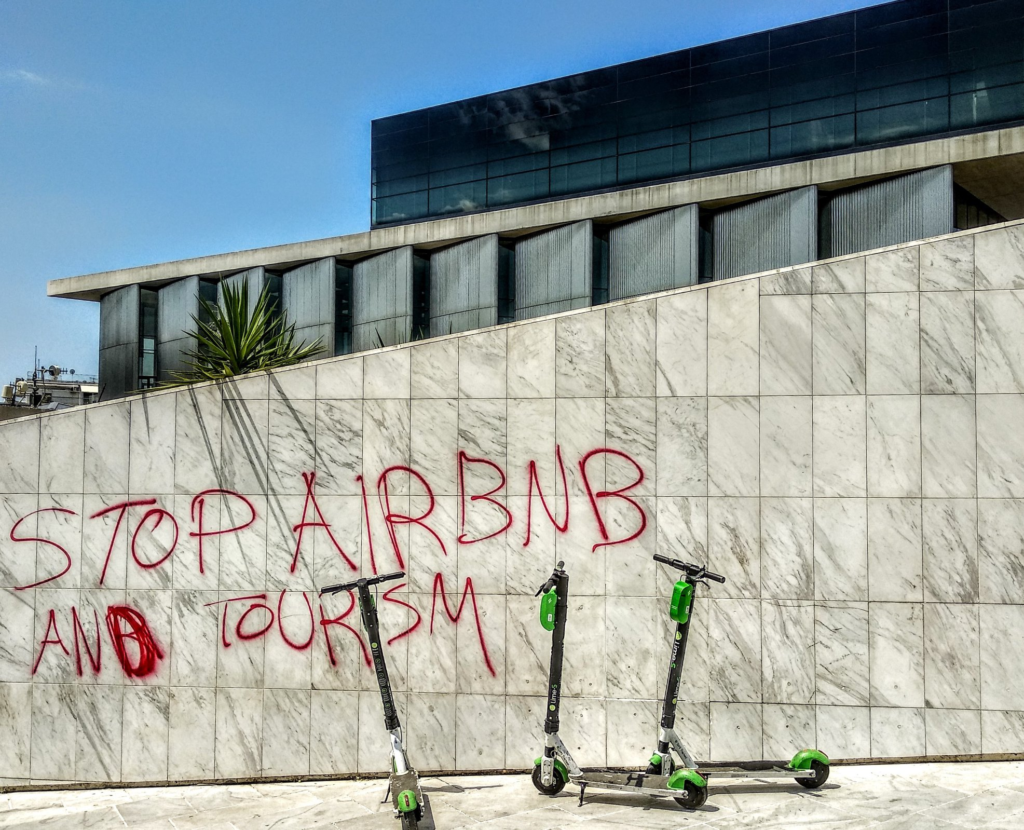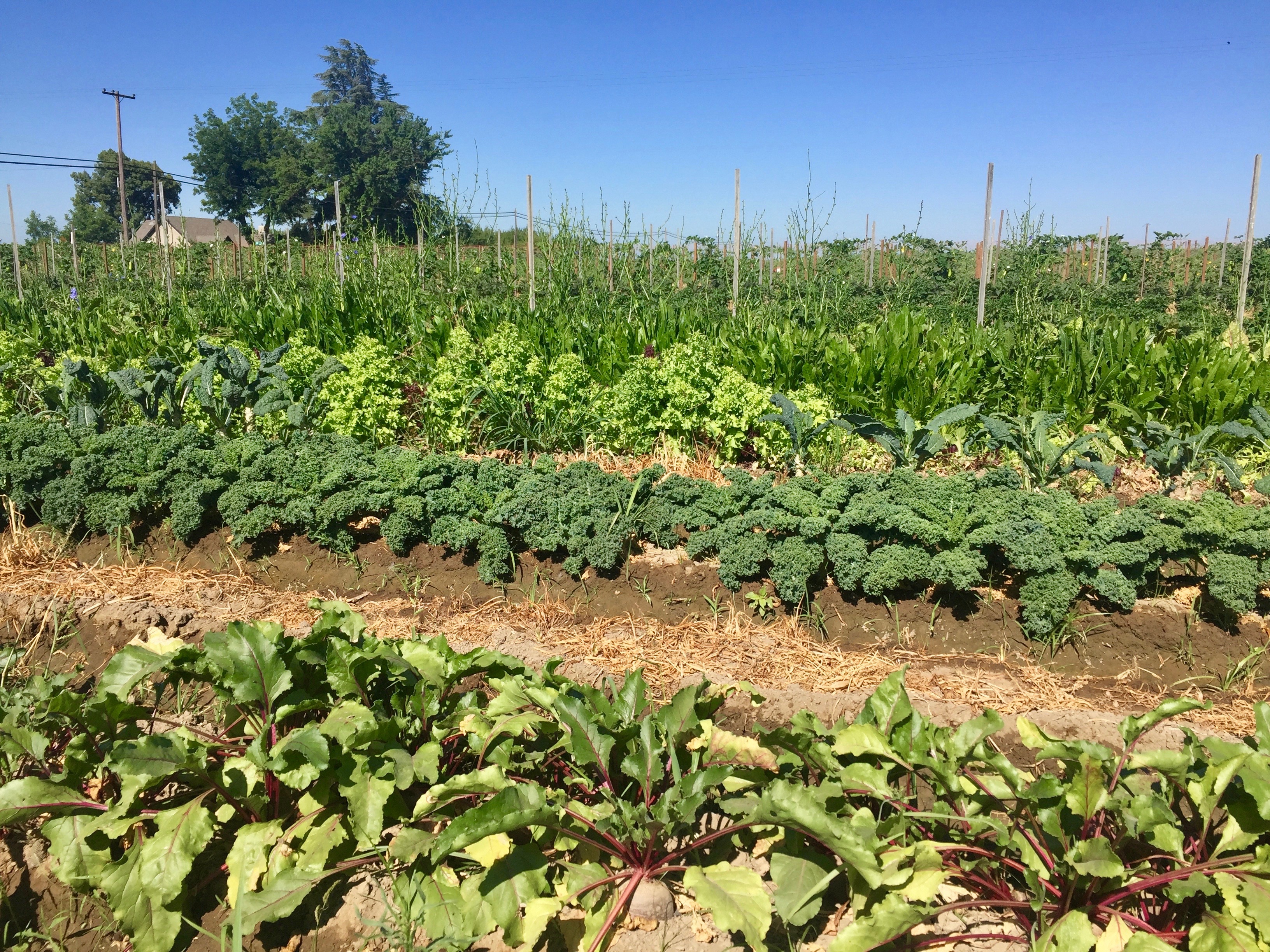While traveling around Chile with my study abroad program, I fell in love with Putre, a small village located within Parque Nacional Lauca. It felt most like my home in Montana, surrounded by tall snow capped mountains (many of which were actually volcanoes) and a plethora of hiking trails. I enjoyed Putre so much that I endured the altitude sickness once more to return to my Aymaran host family and their baby alpaca Bambi. While visiting I spent time learning about how the territorial disputes in Parque Nacional Lauca affect the health and identity of the Aymara community.

The Aymara community has faced a long history of oppression and exploitation by the Chilean government. After the War of the Pacific in which Chile annexed land from Bolivia and Peru, they began the process of Chileanization to impart a dominant Chilean culture on the area. Chileanization forced assimilation and eliminated the ability to maintain indigenous identity, which especially affected the Aymara community, who were the main indigenous peoples in the area. The nationalization process required all indigenous people to register their land as private property in order to obtain citizenship. The privatization of the land created many conflicts within the Aymara community because they view the land as a community resource without borders. However, the privatization was not even the community’s main concern as large portions of indigenous territory have been stolen for various development projects. The government has not upheld their position that all legally acquired historical land assets would be kept by their original, indigenous owners. To this day the indigenous communities in Chile still lack constitutional recognition and full rights to their land.
Parque Nacional Lauca is one example of the Chilean government taking advantage of indigenous communities and their land. Parque Nacional Lauca is located in the far northeast of Chile near the Bolivian border in the Andes mountains. Parque Nacional Lauca was originally classified as a Forest Reserve in 1965 and allowed the Aymara community to remain on their land and continue their traditional agricultural production. Then, in 1967, the priorities changed with the ratification of the Washington Convention, which required the protection of the flora and fauna from extinction and preserve natural beauty. The new priorities required land use regulations to ensure preservation even though the Aymara still owned 99% of the land and needed to use it in order to survive. In 1970 it was named Parque Nacional Lauca and in 1973 it was placed under the management of the governmental agency CONAF (Corporación Nacional Forestal), who began enforcing many land use regulations without consulting the Aymara community.
The topic of land use is very important as land is directly tied to the identity and health of the Aymara community. The Aymara cosmovision is directly tied to Pachamama (Mother Earth). Along with language and history, Mother Earth is one of the three main characteristics of their community. The land is sacred and connected to their ancestors, traditions, cultural knowledge, and collective memories, all of which help form their identities. The Aymara view the land as living rather than an object; they see it as equal with humans, with equal rights that deserves to be treated with utmost respect. Additionally, the land is directly tied to the health of their community. Health consists of equilibrium, harmony, complementarity, and reciprocity with both their community and the earth. The earth cares for the Aymara so they must care for the earth. Their bodies exist to work on the land because this work is what supports their families and gives back to the earth, thus their wellbeing consists of their ability to practice agriculture. The land is also the source of food, water, and traditional medicine. Herbal medicine comes from the plants on the land, but also healing ceremonies need to be performed on their land to connect to the spirits and their energies who live there.
However, CONAF does not respect the Aymara connection to the land. The Aymara community feels that due to the park regulations they can no longer do anything that is part of their cosmovision, especially traditional ranching and agricultural practices. Ranching and agriculture sustained and continue to sustain life for their community. The regulations make hunting the puma and vicuña, a formerly traditional practice, illegal, in order to protect the animals. However, without hunting, the pumas attack the llama and alpaca herds and the uncontrolled vicuña brings diseases decimating their livelihoods. In terms of agricultural practices, they can no longer burn their fields to regenerate the soil. Additionally, there are restrictions on the harvesting of the queñoa and llareta plants to limit deforestation. Queñoa is used for both construction and traditional ceremonies and llareta is used to heat their homes; however, without the ability to use the land as they wish, they are losing parts of their culture.
The Aymara community does not view Parque Nacional Lauca in a positive light. The park fails to recognize that the Aymara also exist in the region and are owners of the land. The Aymara are not in control of their own space and their needs are placed below that of the plants and animals. The environment receives more protection than they do, but they too deserve the right to survive on the land. The Aymara community wants respect because they cared for the environment for thousands of years without destroying it and have valuable knowledge to contribute to the preservation. CONAF maintains that they include the Aymara in the decision making processes; however, members of the Aymara community say they do not have equal participation and that their concerns are never listened to nor addressed. CONAF and the Chilean government continue to not recognize the different meanings in the land, erasing the Aymara community.
*This blog post is a summary and English translation of my independent study project that I completed while studying abroad in Chile on the Public Health, Traditional Medicine, and Community Empowerment program at the School for International Training. Thank you everyone who shared their knowledge and experiences with me during our interviews!











